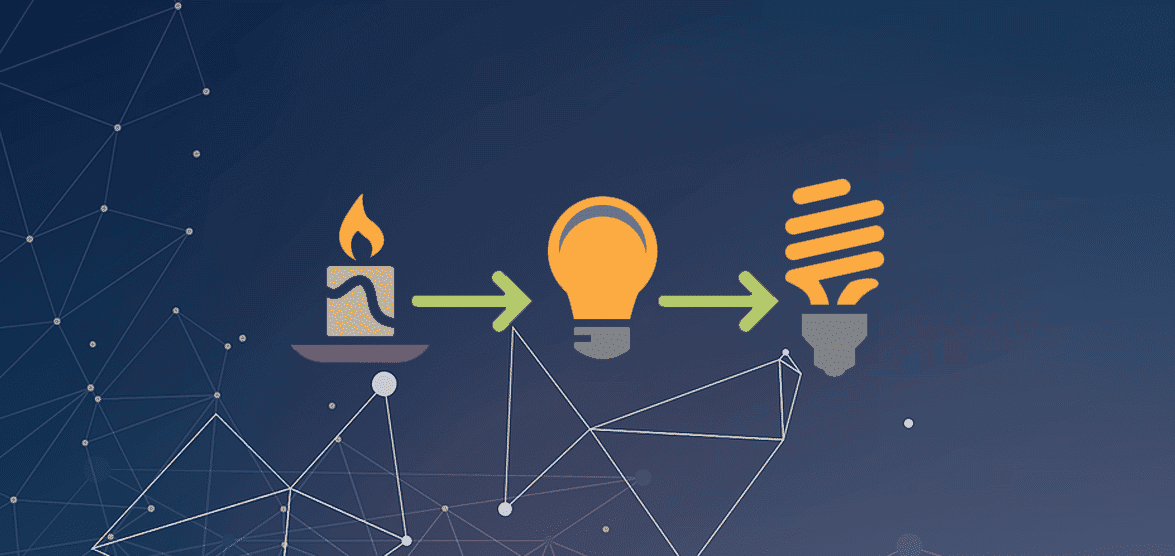

What Is Product Thinking And Why Designers Need To Engage In It?
When creating a product design thinking, designers often think of how to make the product more appealing to the end users. They think of interactive designing, rich features and how to enhance the form of the product. But often, in this entire exercise, form may actually trump function. And when a particular product does not meet its functions then it is as good as obsolete. It is the situation that product design thinking addresses.
Product thinking is what you get when you merge product management and design thinking. A healthy balance between the two helps you create the perfect product complete features, which not only delights end-users but also benefits them immensely. So how do you get started with product thinking?
Successful “Product Design Thinking”
In order to get product thinking right, you need to take into account the factor that there are primarily two types of user experience. The first core user experience pertains to the actual problem that the product solves. For example, a user needs a smartphone for connectivity and constant access to the internet. So, the primary UX, in this case, is taken care of when users actually benefit from continuous connectivity and great internet speed. For this particular user, all other swanky features such as true-depth cameras and full-screen displays will take the second position. If the user is not satisfied with the phone’s connectivity reviews, they will not bother about all the feature-rich bells and whistles the product has to offer.
Similarly, when creating a digital product, be it an app, website, software or solution, care must be taken to see that the primary problem statement is being taken care of. Designers while designing the structure of the product can use the following checklist to ensure they are “product thinking” the right way.
- What is the problem this product is trying to solve? (Problem Statement)
- Why are we trying to solve this problem? (Vision Statement)
- Whom are we trying to solve this problem for? (Target Audience)
- How are we going to implement this product/design? (Strategy)
- How are we going to measure the success of our product? (KPI/Analytics)
The above pointers help designers work closely with product managers and stay on track to create a product design which is not only interactive and a delight, but is major success with the users.
Think about this: would you use AirBnB if they had a really nice website and a great interface that allowed easy bookings and also had amazing listings only to cancel your bookings out of the blue? Here the core UX that AirBnB follows is to provide dependable and consistent service, through all your traveling experience; and it makes the process all the more delightful using easy and smooth UI/UX and navigation.
Product Thinking helps you create the right product for the right people. By understanding who your users are, what they might expect from your product, and how to best deliver it to them, you can reap the benefits of product thinking.
Think of Product thinking as a superset which holds Design Thinking as a subset along with any others, such a business processes, mission and vision, target audience, strategies and KPIs.
Got a product idea? We would be happy to assist you with not only the product thinking part of it but the product development part, too. We can start with a free scope and wireframes. Contact us today to book a free 30-minute consultation.
